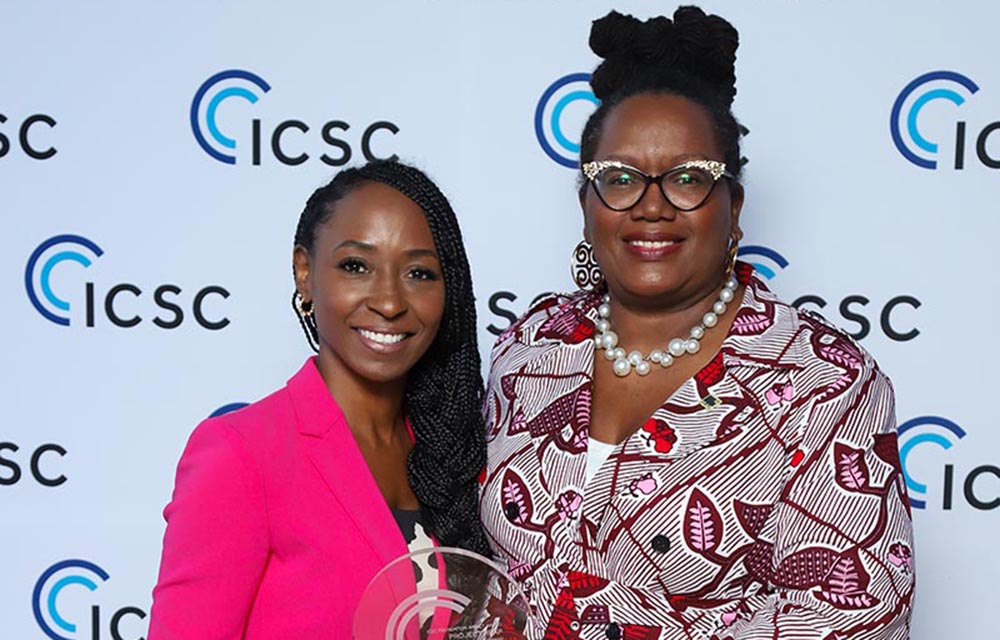“Gross negligence” revisited - by Thomas Kearns

In 2014, I wrote an article for this Journal about typical negotiations over a gross negligence standard in indemnification clauses in management, LLC and other agreements. Under New York law gross negligence is defined as conduct that “evinces a reckless disregard for the rights of others or ‘smacks’ of intentional wrongdoing” or where a party “fails to exercise even slight care.” A key consideration for a business person who is a party to an indemnification agreement is to avoid a fact trial due to the expense and unpredictability of the outcome–the much preferred method is to defeat the claim as a matter of law meaning a judge can decide the matter on motion papers.
In 2019, a fascinating decision in this area was issued by the Appellate Division’s First Department, an intermediate appellate court with jurisdiction over Manhattan. In S.A. DE OBRAS Y SERVICIOS, COPASA v. The BANK OF NOVA SCOTIA the court addressed an error made by the bank in its role as financial advisor to the plaintiff. The plaintiff won a bid to build a toll road in Chile based on a financial model prepared by the bank. After winning the bid, the plaintiff posted a bond that would be forfeited if the winning bidder failed to proceed. The consulting agreement between the plaintiff and the bank provided an exculpatory clause limiting the bank’s liability for negligence to 50% of the eventual success fee. But New York law does not permit exculpatory clauses to vitiate liability for a party’s gross negligence or willful misconduct so the plaintiff needed to prove the bank was grossly negligent to collect over the stated cap on damages.
The financial model the bank prepared for the plaintiff had a huge error–the model reflected tolls being collected from the beginning of the contract with the Chilean agency and not from when the road was predicted to be opened, an $80 million difference. (When I got to this part of the opinion I smacked my head which has happened several times recently, leading me to postulate a new Kearns rule: When the facts of a court opinion or an online video are such that I smack my head, something is very, very bad.) The plaintiff defaulted under the contract to build the road. The plaintiff argued that the bank’s error was so bad that it amounted to gross negligence and that the cap on the damages the bank owed should not be enforced. The lower court judge granted the bank’s motion for summary judgment on the gross negligence claim. The Appellate Division reversed citing the bank’s internal review failure (a review of the model by another senior banker was not performed in violation of the bank’s internal standards), the bank’s termination of a senior employee midway through the project leaving only a junior employee responsible, and the plaintiff’s expert affidavit that the failure to perform an internal audit of the model was “an extreme departure” from industry standards. The court held that whether the mistake constituted gross negligence was for a jury to decide.
Lesson learned: Some innocent mistakes can be so egregious and the results so catastrophic that a court will hold that a jury or other fact finder must hear evidence of all the circumstances to determine whether the erring party was grossly negligent. That’s an expensive and dangerous place to be.
Thomas Kearns is a partner with Olshan Frome Wolosky LLP’s real estate department, New York, N.Y.
AmTrustRE completes $211m acquisition of 260 Madison Ave.


Lasting effects of eminent domain on commercial development - by Sebastian Jablonski

Behind the post: Why reels, stories, and shorts work for CRE (and how to use them) - by Kimberly Zar Bloorian

AI comes to public relations, but be cautious, experts say - by Harry Zlokower









.jpg)

.gif)